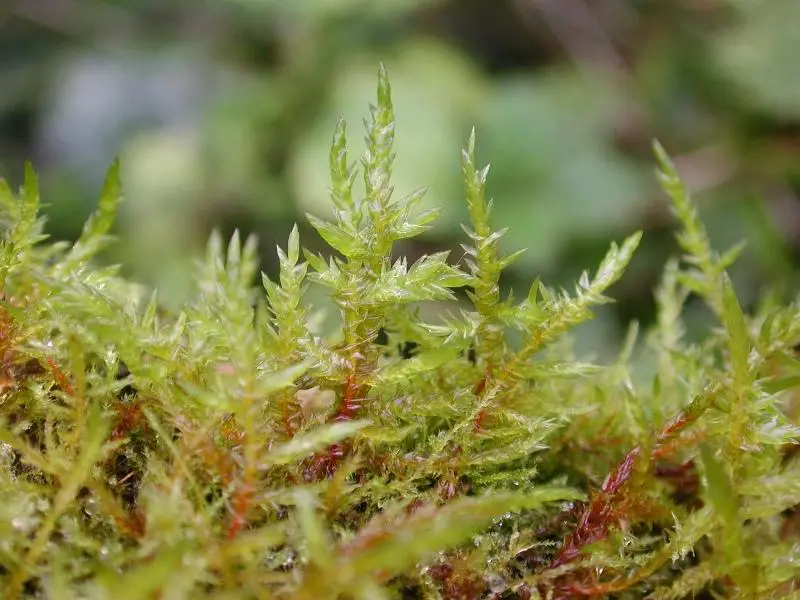
phascum_curvicolle.jpeg from: https://www.korseby.net/outer/flora/bryophyta//pottiaceae/index.html
Introduction
Prepare to embark on a captivating journey into the microscopic world of Phascum curvicolle Hedw., a remarkable moss species belonging to the Pottiaceae family. Often referred to simply as Phascum, this tiny plant holds a wealth of fascinating secrets waiting to be uncovered by enthusiasts and nature lovers alike.
Background
Before we delve into the intricacies of Phascum curvicolle Hedw., it’s essential to understand its place within the grand scheme of things. This moss is a member of the Bryophyta division, which encompasses a diverse array of non-vascular plants commonly known as bryophytes. Within this division, Phascum falls under the class Bryopsida

Calliergonella_cuspidata.jpg from: https://www.naturvielfalt.ch/en/organism/33110
, a group that includes the true mosses.
Main Content
Morphology and Identification
Phascum curvicolle Hedw. is a diminutive moss, often measuring no more than a few millimeters in height. Its vibrant green hue is a telltale sign of its vitality, and upon closer inspection, you’ll notice its delicate leaves arranged in a rosette pattern. One of the most distinctive features of this moss is its curved capsule, which gives it its scientific name – curvicolle literally means “curved neck.”
Global Distribution and Habitat
This resilient moss species can be found across various regions of the world, thriving in a wide range of habitats. From the temperate zones of Europe and North America to the subtropical regions of Asia and Africa, Phascum curvicolle Hedw. has adapted to diverse environmental conditions. It often flourishes in disturbed areas, such as old fields, roadsides, and even urban environments, showcasing its remarkable ability to colonize new territories.
Ecological Roles and Adaptations
Despite its diminutive stature, Phascum curvicolle Hedw. plays a crucial role in its ecosystem. As a pioneer species, it helps stabilize soil and create favorable conditions for other plants to establish themselves. Additionally, this moss serves as a vital food source and habitat for various microscopic organisms, contributing to the intricate web of life.
One of the most fascinating aspects of Phascum curvicolle Hedw. is its ability to withstand extreme conditions. During periods of drought, it can enter a state of dormancy, only to revive and resume growth when moisture becomes available again. This remarkable adaptation allows the moss to thrive in environments where water availability is unpredictable.
Case Studies/Examples
In a recent study conducted in a urban park, researchers discovered a thriving population of Phascum curvicolle Hedw. growing on the compacted soil of a well-trodden path. This remarkable finding highlighted the moss’s resilience and ability to colonize even the most unlikely of habitats.
Technical Table
| Characteristic | Description |
|---|---|
| Division | Bryophyta |
| Class | Bryopsida |
| Family | Pottiaceae |
| Genus | Phascum |
| Species | curvicolle Hedw. |
| Common Name | Phascum |
| Habitat | Disturbed areas, old fields, roadsides, urban environments |
| Distribution | Temperate and subtropical regions worldwide |
Conclusion
Phascum curvicolle Hedw., a true marvel of the moss world, reminds us that even the smallest and most unassuming organisms can hold profound lessons about resilience, adaptation, and the intricate balance of nature. As we bid farewell to this captivating species, a thought-provoking question lingers: In a world where urbanization and human activities continue to reshape the landscape, how can we ensure the survival and preservation of these vital, yet often overlooked, components of our ecosystems?